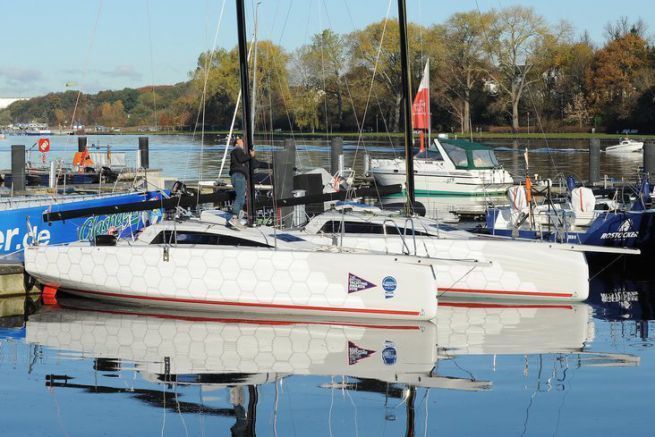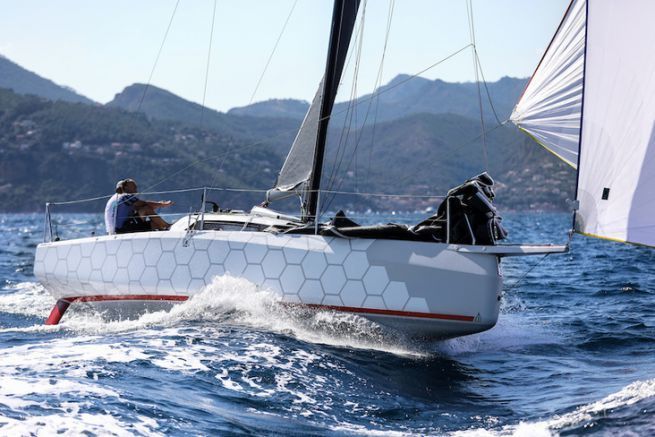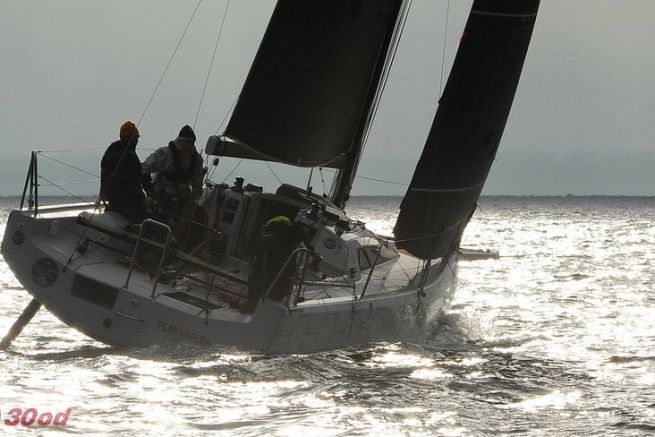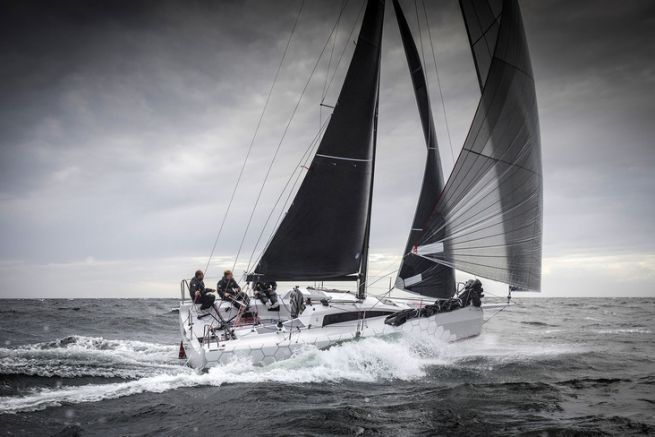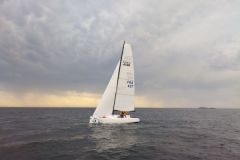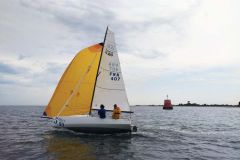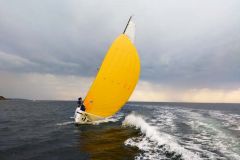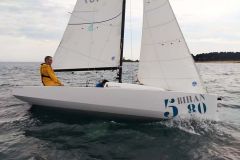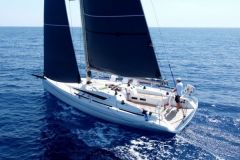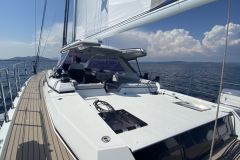For some years now, the German shipyard Dehler has been keen to offer an innovative sailboat to meet the new needs of the regatta market. This led to the development of a fun, fast 30-foot offshore racing boat, optimized for a reduced crew.
Having a 30-foot offshore sailboat is also an opportunity to propose a support for the offshore regatta event of the 2024 Olympic Games. Indeed, from 2023 onwards, the Olympic organizing committee will decide on the support for the offshore racing event. Each country will be able to propose its sailboat, and Dehler is clearly keen to position itself.
First and foremost, however, the German boatbuilder wants to offer yachtsmen a boat that's both fast and thrilling to sail. Dehler's solution: create a fleet of one-design ocean racers.
The call of the sea
The regatta sailboat market is in a state of flux. For societal and economic reasons, the days of sailing with 12 crew on a 12-meter steed are over.
On the one hand, there's a seemingly inevitable decline in bay regattas on big, heavy cruisers requiring large crews. On the other hand, there's an exponential trend towards double-handed or solo racing, on coastal or even offshore courses, aboard fun, fast boats.
Adapting to demand
Karl Dehler, director of the eponymous shipyard, claims to have a culture of double-handed sailing, albeit more focused on cruising. However, in the 80s, Dehler shone on the regatta circuit with their production 3/4 tonner, the DB1, the archetypal crew boat of the time.
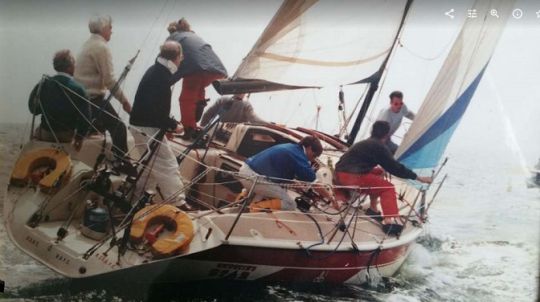
Lately, their regatta boats have been rather conformist and adapted to handicap gauges. In other words, comfortable but relatively heavy and slow boats, like the very conservative yet excellent Dehler 38 voted Sailboat of the Year by the European press in 2014.
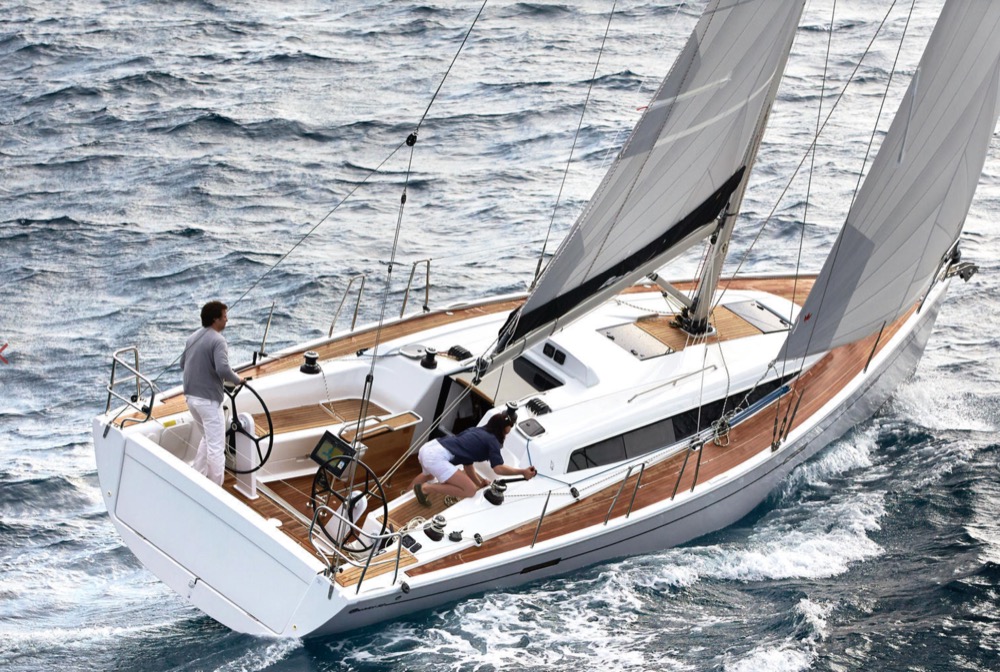
With demand all over Europe moving in the same direction, it was time for Dehler to offer small crews an offshore racing boat. Karl Dehler explains "We're not looking to complete a range, but really to offer something completely new. We've made a true modern ocean racing boat, but not extreme like a foiler reserved for a wealthy, technical elite."
Speed at the top of the list
For Judel/Vrolijk & Co, the architectural firm responsible for the project, and for Dehler, the priority was to design and build an extremely fast, short-handed boat that was both technically and financially accessible.
In the design offices, the box takes shape. The yacht will be 9.14 m long, with a reasonable beam and a deep draught to keep it light, with a maximum weight of 2.8 tons. The avowed aim is to offer a boat capable of reaching 20 knots in the surf.
To achieve this, it is necessary to ensure a sophisticated and refined construction by pushing the current standards of the German shipyard even further.
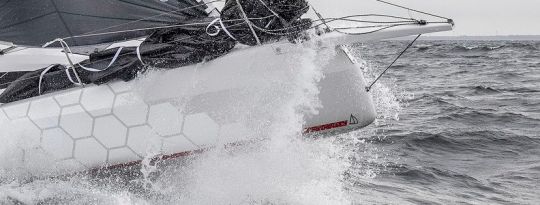
A strong personality
Inverted stem, vertical transom, open cockpit, pronounced chine, deep ballast, low center of gravity, long bowsprit, carbon mast, high-spreading spreaders, horned mainsail... many of these features are reminiscent of our nautical culture.
After a few decades of Mini Transat and Vendée Globe races, the French vision of short-handed ocean racing has won over a large part of the sailing world.
But the Dehler 30 OD is in no way a copy of a Pogo or JPK. On the contrary, it proudly asserts its choices and its own identity to achieve an objective shared by a number of French boat builders: to make a fun boat for the pleasure of fast sailing outside the constraints of class rules.
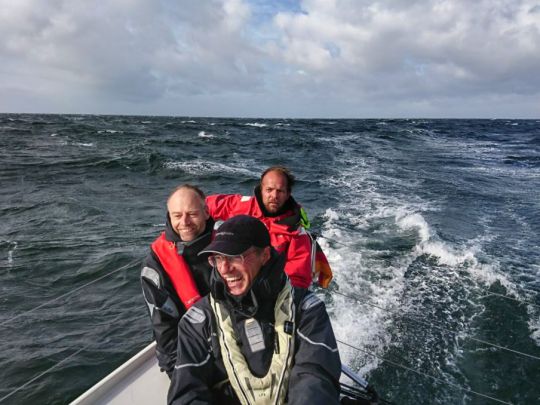
Out of gauge assumed
The Dehler 30 OD is a very contemporary and ultra sexy sailboat with the look of a small IMOCA.
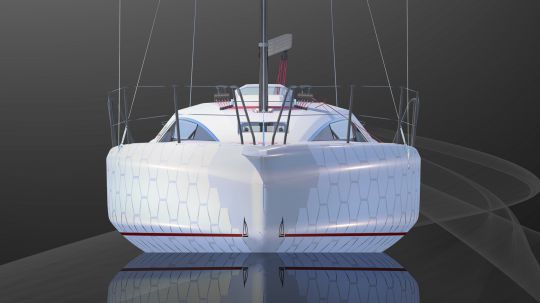
To create the best possible boat, Dehler immediately decided to turn their backs on handicap gauges such as IRC. In their view, they are too conservative and restrictive, and don't encourage the emergence of technological evolutions, even if some boats sport a modern look.
Oliver Schmidt, technical consultant for Dehler, explains: "The Dehler 30 OD has many technical performance factors, such as a deep keel and generous sail area. These are two key performance factors that are severely taxed by most gauges. We haven't even applied for an IRC certificate, because there's no doubt that the Dehler 30 OD would literally be killed by its IRC rating. We definitely prefer to make an excellent boat and race in the one-design fleet".
This is how Dehler chose the one-design route to break into the world of ocean racing, and we know that our German neighbors are pragmatic.
Developing a one-design class is a courageous move, and responds to a demand from enthusiasts to race in real time. In many countries, the success of events often depends on their accessibility and ease of understanding. A J70 regatta or a Vendée Globe is easy to follow âeuros unlike a handicap regatta âeuros the first to cross the finish line wins the race.
In the next article, we'll look at the technical and architectural details that make this yacht so special and attractive.

